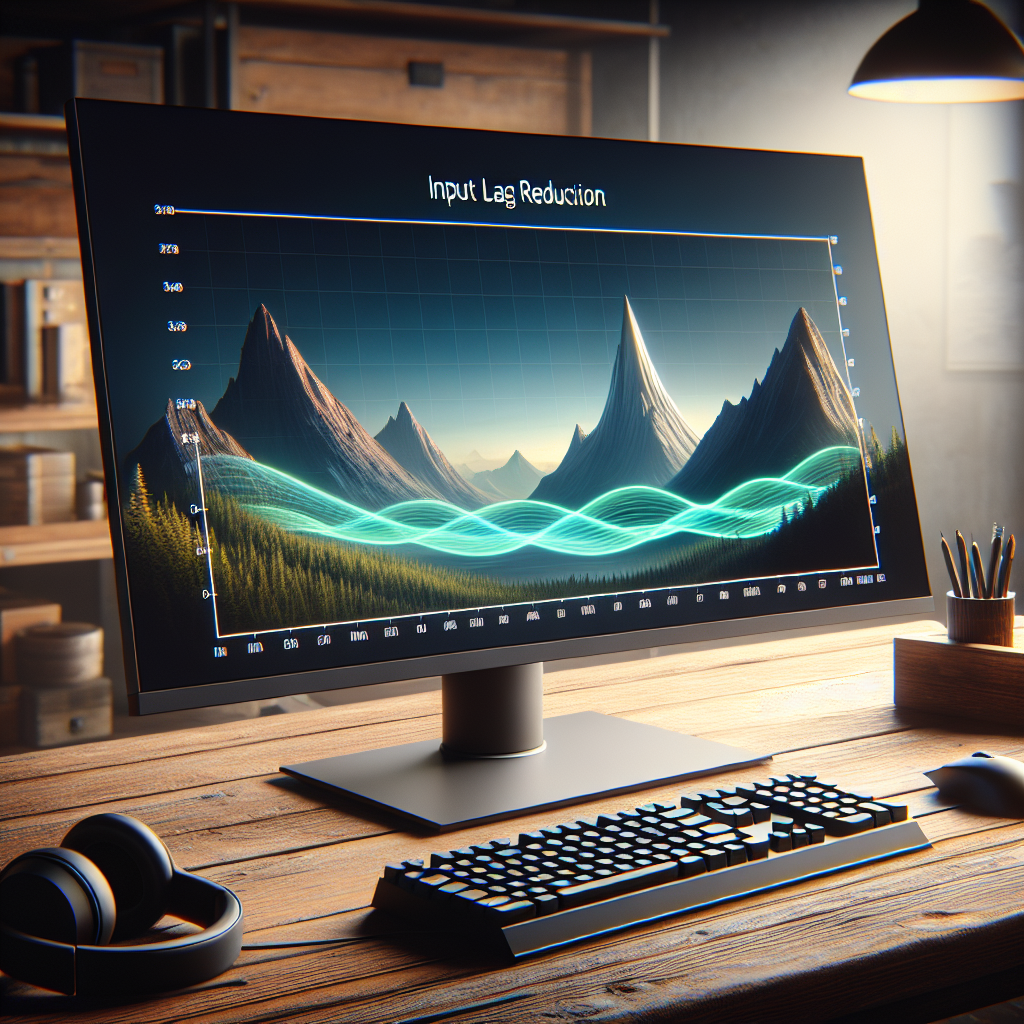
Input lag is a common concern for gamers and professionals who require real-time accuracy and responsiveness from their monitors. OLED monitors, known for their vibrant colors and deep blacks, can sometimes experience noticeable input lag, impacting your overall experience. In this comprehensive guide, we’ll explore various methods to reduce input lag on an OLED monitor.
Understanding Input Lag
Input lag is the delay between the moment you input a command (such as pressing a key or moving a mouse) and the time it takes for that action to be displayed on your monitor. This lag can be detrimental in fast-paced gaming or precision work environments.
Factors Affecting Input Lag
- Monitor refresh rate
- Response time
- Graphics card performance
- Connection types
- On-screen settings
Steps to Reduce Input Lag
1. Use Game Mode
Most OLED monitors come with a ‘Game Mode’ setting designed to minimize input lag. Enabling this mode can significantly reduce latency by bypassing certain image processing features.
How to Enable Game Mode
- Access your monitor’s on-screen display (OSD) menu
- Navigate to the ‘Game Mode’ option
- Enable ‘Game Mode’
2. Optimize Refresh Rate and Response Time
Higher refresh rates and lower response times generally result in lower input lag. Ideally, use a monitor with a refresh rate of at least 120Hz and a response time of 1ms.
Recommended Settings:
| Setting | Recommendation |
|---|---|
| Refresh Rate | 120Hz or higher |
| Response Time | 1ms |
3. Use the Right Connection Type
The type of connection between your monitor and computer can also affect input lag. HDMI 2.0, DisplayPort 1.4, and newer connection types generally provide faster data transfer rates compared to older standards.
Connection Types:
| Connection Type | Performance |
|---|---|
| HDMI 2.0 | Good |
| DisplayPort 1.4 | Better |
| Thunderbolt 3 | Best |
4. Firmware Updates
Manufacturers frequently release firmware updates to improve monitor performance. Check if your OLED monitor has any available updates that could reduce input lag.
5. Disable Extra Features
Many OLED monitors come with additional features like motion smoothing, noise reduction, and other processing functions. These features can increase input lag, so disabling them can help.
Common Features to Disable:
- Motion Smoothing
- Noise Reduction
- Image Enhancements
6. Optimize Graphics Card Settings
Your graphics card settings also influence input lag. Adjusting these settings can further minimize latency:
- Enable ‘Ultra-Low Latency Mode’
- Adjust ‘Max Frame Rate’
- Enable ‘Fast Sync’ (for NVIDIA users)
7. Use a Wired Connection
Wireless peripherals can introduce additional input lag. Using a wired mouse and keyboard can reduce this latency significantly.
8. Keep System Drivers Updated
Ensure that all system drivers, especially the ones related to your graphics card, are up to date. Updated drivers can improve overall performance and reduce input lag.
9. Monitor Calibration
Sometimes, calibrating your monitor settings to match your specific usage needs can help in reducing input lag. Use calibration tools and software to fine-tune your display for optimal performance.
In summary, reducing input lag on an OLED monitor involves a combination of optimizing monitor settings, using the right hardware, and keeping your systems updated. Implementing these strategies will ensure a smoother, more responsive experience whether you’re gaming or working.
